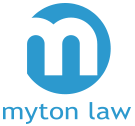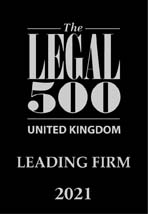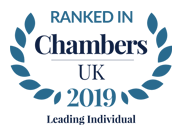When is an expert not an expert? When it’s a “counter-surveillance expert” – recap on Hayden v Maidstone and Tunbridge Wells NHS Trust [2016] EWHC 196
The recent Judgement of Mr Justice Edis in the case of Hayden v Maidstone sets out some clear guidance on when “expert” counter-surveillance evidence will be useful and permitted. The principles set out in that case have recently been followed in the county court, making it a good time for a recap on the Judgement.
Briefly, the defendant in the case obtained surveillance evidence suggesting that the defendant’s injuries were less severe than alleged. In response the claimant sought to rely on expert evidence from Mr Jeffery Simm, a “video evidence analysis consultant” and applied for permission to rely on the same. It is that application which is the subject of the judgement.
The Judge summarised the key points made by the “expert” as follows:
-
That the surveillance log had been fabricated.
-
That selective filming and editing had taken place because events which could have been filmed were not and there were numerous “cuts” in the filming.
-
The absence of time/date stamps on 2 occasions was “highly irregular”.
-
A tracking device may have been used which was bad practice.
The Judge accepted that the appendices to Mr Simm’s report provided useful “factual analysis” but considered this work could just have easily been done by solicitors or counsel as a schedule cross referencing the relevant material. In any event no permission was needed for such a schedule which could therefore be relied on.
However, the Judge did not give permission for any of the expert’s opinion evidence to be adduced.
Referring to CPR 35 which states that “expert evidence shall be restricted to that which is reasonably requires to resolve the proceedings”, the Judge commented that the test as to whether to admit expert evidence was “actually a test of necessity, not preference”.
Taking the key points set out above in turn, in respect of the “alleged fabrication” the Judge held that Mr Simm’s opinion strayed outside the remit of any expert and was not admissible.
With regard to point 2, the Judge held that no knowledge or skill was involved in that opinion such as “to subject its admissibility to the expert evidence threshold”. Similarly, with regard to point 3 Mr Simm did not demonstrate any particular technical expertise allowing him to reach a useful conclusion in respect of the absence of time / date stamps. Accordingly this opinion evidence was not permitted.
Finally, the evidence in respect of the use of a tracking device was not reasonably required in order to resolve the proceedings.
The Judgement clearly casts doubt on the extent to which the methods applied by counter surveillance experts such as Mr Simms could be considered “expert evidence”. By comparison with accountants and pathologists the Judge commented that Mr Simms did not use internationally recognised skills which could be tested against acknowledged methods of a profession to ensure that the conclusions have been drawn in a proper and reliable way.
Following this judgement claimants employing expert evidence to undermine surveillance footage will need ensure that the expert they instruct has identifiable expertise which allows them to express opinions beyond those which could be inferred by a lay person.
More widely the Judgement is a useful restatement of the principles to be applied when considering whether expert evidence is necessary and likely to be admitted.
Myton Law have successfully represented defendants in cases involving “counter-surveillance experts” (including Mr Simm). The employment of surveillance evidence in litigation carries with it significant tactical considerations and Myton Law are happy to advise on the most advantageous way to obtain and use that evidence.







